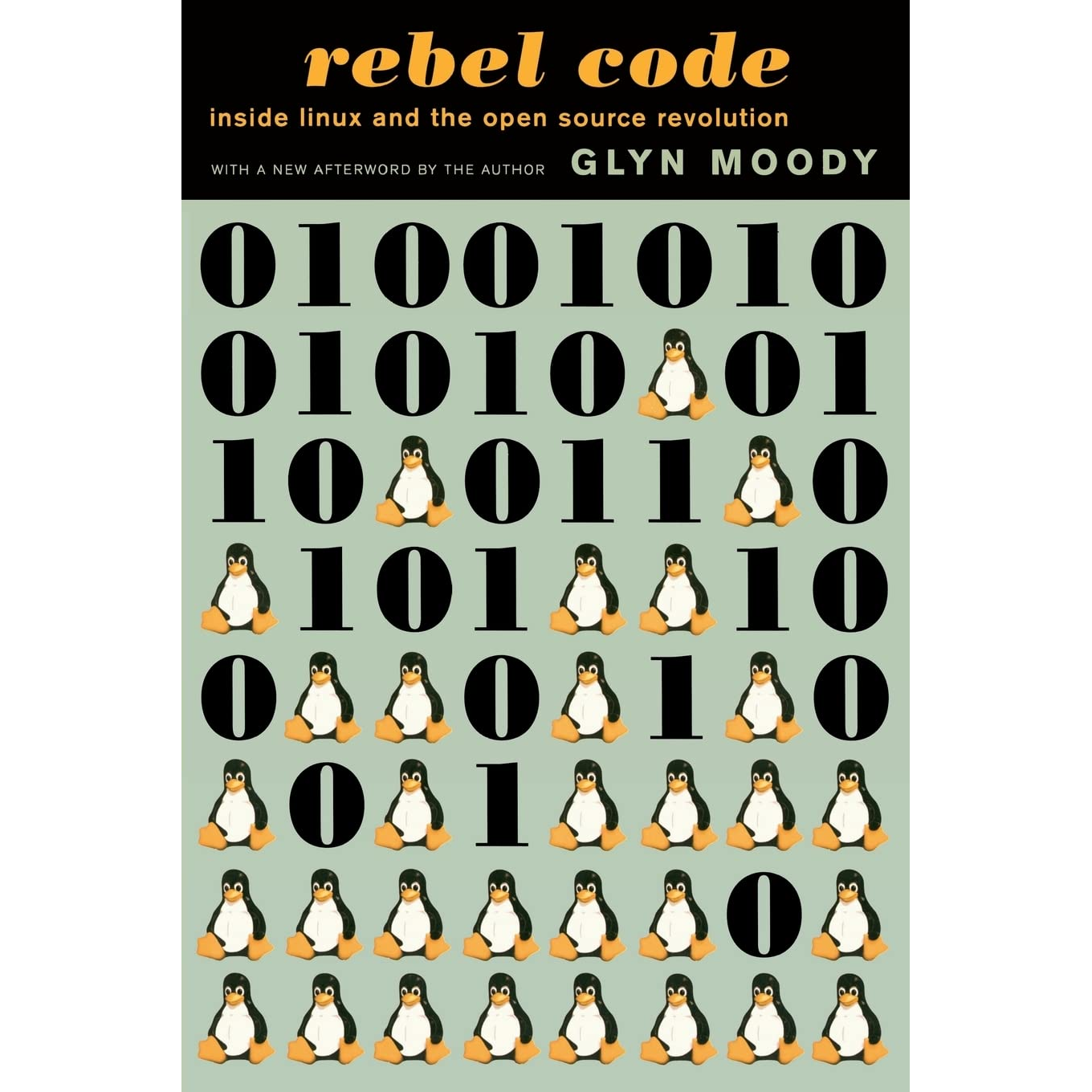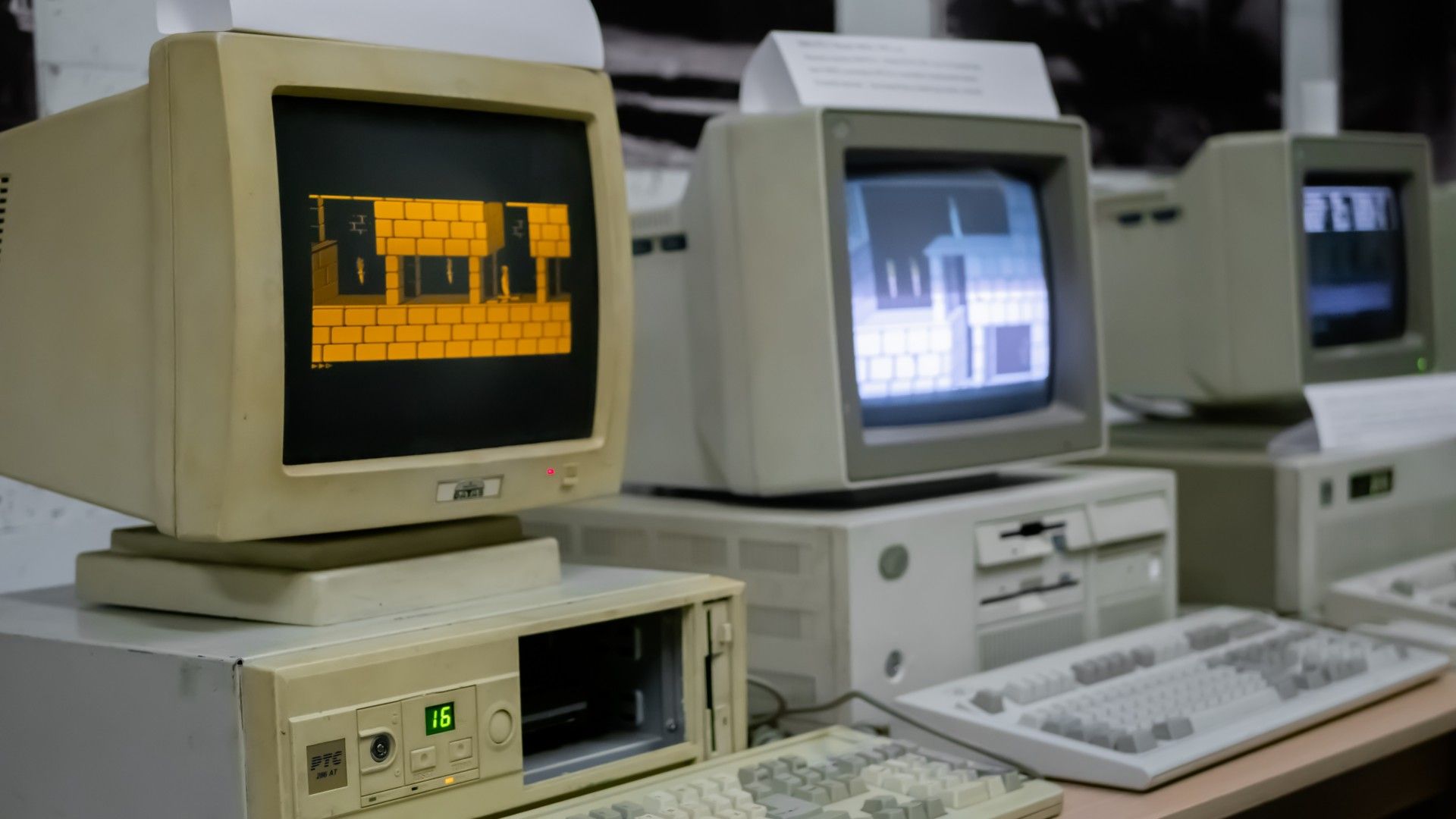A bored college student playing a computer game might not seem like the makings of a revolution in the computer industry, but it seems like Linus Torvalds made the most of this experience.
Linux’s Roots in “Prince of Persia”
At the start of 1991, Linus Torvalds, then a student at the University of Helsinki in Finland, purchased a 386 PC with a student loan and Christmas money. This is according to Glyn Moody’s book, “Rebel Code: Inside Linux and the Open Source Revolution.”

Rebel Code: Inside Linux and the Open Source Revolution
$15 $22 Save
$7
This book explores the history of the Linux and open source revolution, going all the way back to ground zero.
As a computer science student, he’d originally intended to install Minix, a Unix clone that computer scientist Andrew Tanenbaum had developed to accompany a textbook he’d written on operating systems. Torvalds ordered a copy, but the software would take a while to arrive.
While waiting for his copy of Minix to show up, Torvalds split his time between experimenting with MS-DOS programming tools and playing “Prince of Persia.” The former was the beginning of what would become the Linux kernel, and the latter would have a large effect on Linux’s future adoption.
While he’d already finished the game by the time Minix finally arrived, he partitioned his hard drive between Minix and DOS so he could keep playing it. The classic game is so great, who could blame him?
How Dual-Boot Helped Linux Take Off
Torvalds’ small design decision would prove consequential. Linux could “dual-boot,” or share the computer with one or more operating systems from the very start.
As Linux distributions were starting to appear in the early ’90s, MS-DOS and Windows were much more established. You could walk into any computer store and find software for a Microsoft-based OS, including classic games like “Prince of Persia.”
Many early Linux hackers, according to Moody, cited the ability to dual-boot as a reason to take a plunge on an upstart operating system. They didn’t have to give up their existing systems to try a new OS. This was in contrast to BSD systems at the time that required full use of the machine, and likely one reason that Linux became an open-source system of choice for many in the coming years.

Related
GORILLA.BAS: How to Play the Secret MS-DOS Game From Your Childhood
Who knew a couple of EGA gorillas could have such an impact?
Lesson: If You Want an OS to Grow, Play Well With Others
The ability to dual-boot was an example of Linux’s focus on interoperability early on. One great thing about Linux is that it meets potential users where they are. Virtual machines and environments like Windows Subsystem for Linux, as well as support for many computing standards like TCP/IP, have helped Linux play well with other systems.
Linux has been adopted because it plays well with others. Once people have seen what it can do alongside other systems, it’s no surprise that it’s been gaining more acceptance since its humble beginnings in the early ’90s.





